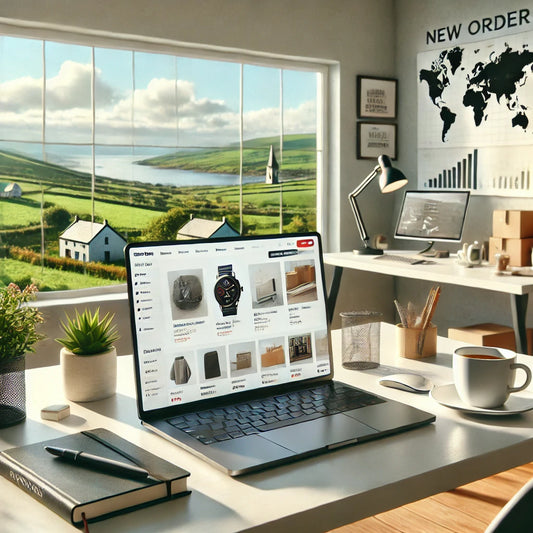1. Understanding Your Customer's Journey
The foundation of effective merchandising in a multi-department online store is understanding the customer journey. Start by mapping out the typical paths customers take when navigating your site. Use analytics to identify popular categories, frequently visited pages, and common search terms. This insight allows you to optimize the layout and presentation of products to align with customer behaviors and preferences.
2. Strategic Product Placement
Just like in physical retail, product placement in an online environment can significantly impact sales. Feature best-selling items, new arrivals, and promotions on your homepage and main category pages. Consider the visual hierarchy of your site and place products in a way that guides the customer's eye towards key items or deals.
3. Personalized Recommendations
Personalization is a powerful tool in ecommerce. Use customer data to provide tailored product recommendations. This could be based on their browsing history, past purchases, or items frequently bought together. Personalized recommendations not only enhance the customer experience but also increase the likelihood of additional sales.
4. High-Quality Product Imagery and Descriptions
High-quality product images and detailed descriptions are essential for online stores. They compensate for the inability to physically touch and see products. Ensure your images are clear and professional, showing products from multiple angles. Product descriptions should be informative, highlighting key features and benefits.
5. Effective Use of Categories and Filters
With a variety of products across multiple departments, navigation can make or break the shopping experience. Implement intuitive categories and subcategories. Provide filters that allow customers to narrow down their search based on different attributes like size, color, price, and brand.
6. Promotions and Seasonal Campaigns
Capitalize on different seasons and holidays by creating themed promotions and campaigns. This keeps your store fresh, relevant, and engaging. Tailor your homepage and key landing pages to reflect current campaigns, and consider special categories or collections for seasonal products.
7. Encouraging User Reviews and Ratings
User-generated content, like reviews and ratings, is a powerful tool. Encourage customers to leave reviews on your products. Display these reviews prominently, as they provide social proof and help other customers make informed decisions. Respond to reviews, both positive and negative, to show that you value customer feedback.
8. Mobile Optimization
With a significant portion of ecommerce traffic coming from mobile devices, ensure your online store is fully optimized for mobile. This includes responsive design, fast loading times, and easy-to-use navigation. A mobile-friendly site is crucial for providing a seamless shopping experience for all customers.
9. Continual Analysis and Improvement
Finally, continually analyze your store’s performance. Use metrics like conversion rates, average order value, and cart abandonment rates to understand effectiveness. Regularly update your merchandising strategies based on these insights, adapting to changing trends and customer preferences.

